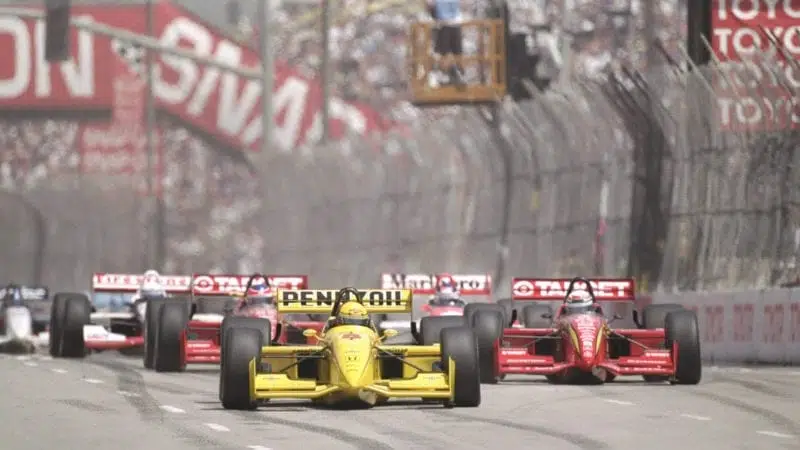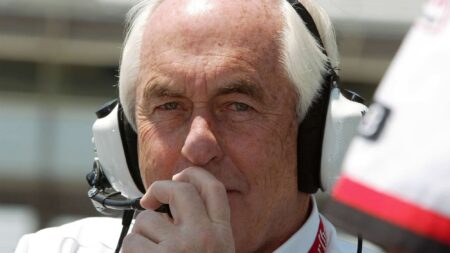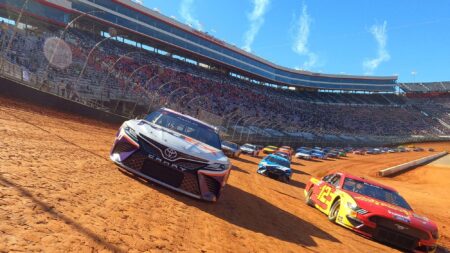So George decided to create the IRL. The idea was to implement a more affordable, more accessible formula for rear-engine single-seaters racing exclusively on ovals, thereby creating new opportunities for homegrown drivers. After dinner, when we were alone, my companion asked me what I thought of George’s proposition. I told him it seemed delusional and that the IRL was bound to crash and burn while CART continued to prosper.
As predictions go, this one belongs up there with groaners like “that Hamilton kid won’t amount to anything.”
In my defence, I wasn’t the only one who got it dead wrong. “The common wisdom at the time was that there was no way the IRL could succeed even if you took the Indy 500 away from CART,” says John Oreovicz, a crack American journalist who covered open-wheel racing at the time. “To me, CART was the best of both worlds. It featured a combination of Indycar racing and Formula 1 that hit a sweet spot and really resonated with the public. For Tony to do what he did when he did it was almost inexplicable.”
“They had the teams, the manufacturers, the sponsors, the drivers, the momentum. But the owners never focused on the bigger picture”
Oreovicz recently revisited the catastrophic break between CART and the IRL in his new book, Indy Split, which will go on sale in May, fittingly enough, over the Indy 500 weekend. In it, he unearths the seeds of the dispute, going all the way back to Tony Hulman, George’s grandfather, buying and resurrecting the Indianapolis Speedway in 1945. But he focuses on the calamitous events that unfolded between 1995 and 2008, many of which he witnessed as a reporter.
For example, Oreovicz was at the Indy 500 in 1996, which was boycotted by CART in favor of its same-day race at Michigan, the U.S. 500. “It was kind of sad,” he recalls. “If you’d been to the Speedway in recent years and seen the level of hospitality and sponsorship, it just looked small. It looked amateurish. It looked ragtag.”



